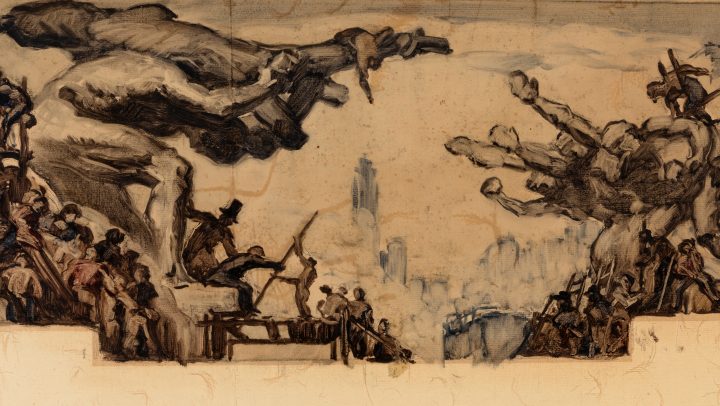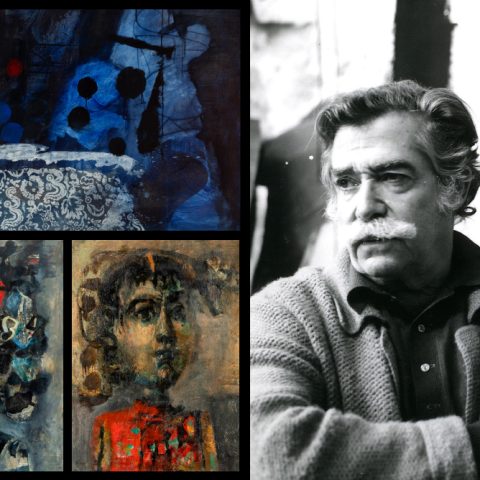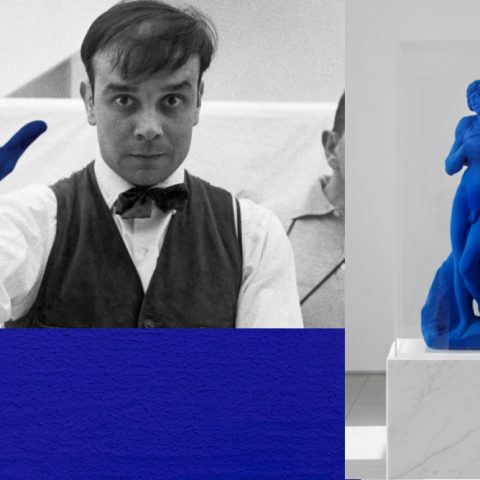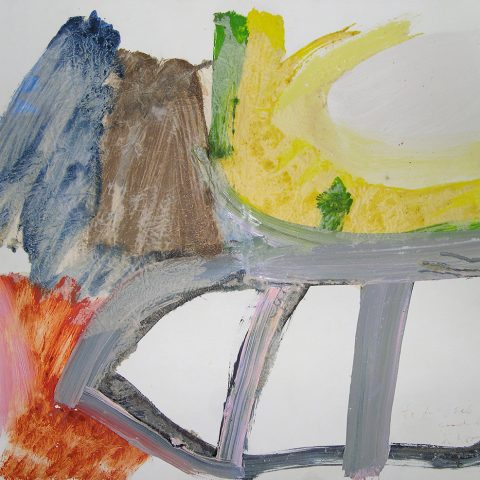In New York this furor could be appreciated better than anywhere else, as the best example of success was manifested by its skyline, the skyscrapers. One of the most obvious megalomaniac ideas came from the prestigious Rockefeller family. His goal was to create a city of his own within the heart of Manhattan. Several buildings connected by squares would house theaters, offices and stores under the emblem of this dynasty.
The crash of 1929 meant bankruptcy for a significant part of the population and led to the period we know as the Great Depression. This adverse scenario did not intimidate the Rockefellers; on the contrary, it was an incentive to offer an echo of hope and revitalization of the city’s economy with a discourse based on American values and the progress recently experienced.

The complex, which would become an iconic symbol of the city, consisted of several buildings with an entrance hall to the main building, one of the most significant spaces, which has survived to the present day full of history, culture and energy that encapsulates the vibrant essence of New York.
This lobby would be covered by huge murals with the proposed values. The goal was, like a viewer in the Sistine Chapel, to be so overwhelmed that it would lead to reflection. The first names proposed for this commission were Pablo Picasso and Diego Rivera. He ended up deciding in favor of the Mexican master, who was engaged in the colossal work for months. Weeks before the space was to be inaugurated, everything fell apart. Criticism of the socialist and anti-capitalist content was unbecoming of the spirit of the nation. We must not forget the degree of political involvement that Rivera and Frida Kahlo’s marriage had. Despite the fame he enjoyed at the time, the Mexican’s work was thrown away and lost forever. The murals were completely covered while waiting to find another great painter who would fit the required ideas.
This is how the Spanish painter Josep Maria Sert enters the scene. His fame was already recognized outside the Spanish borders. He had worked in castles and mansions in England, in apartments of the Parisian bourgeoisie and in America he had commissions from Buenos Aires to Palm Beach. His figure had considerable international fame and he was one of the most suitable muralists for the assignment.
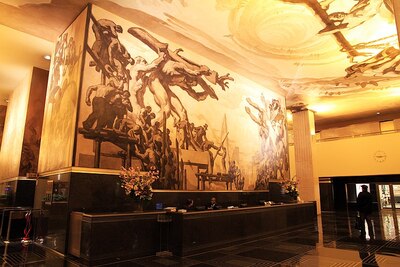
In 1931 he made his first paintings in the hall of Rockefeller Center, which were an overwhelming success. He perfectly captured the idea of exaltation of American values. The propagandistic content included in the speech covered scientific and industrial advances, social welfare and, of course, the power and guarantee of the capitalist system and the Rockefeller family. The objective was more than satisfied, to the point that this commission led to other important commissions, such as the dining room of the Waldorf Astoria Hotel or the League of Nations. At the end of the decade, the Rockefeller family would entrust him again with the paintings for the ceilings and, in this way, the space was completed in the same iconographic style.
The work presented by Setdart at the September 14 auction has a fundamental historical value. This is the sketch of the main mural of the set “American progress”, the first that we find frontally when entering the hall and, both for its theme and its location is the mural that crowns the set. This work perfectly follows the outline that would be placed on the wall so, together with its format, it may be one of the sketches presented by Sert to the family to approve its execution.
The historical and artistic value of this work is not limited to Sert’s biography; its true value is evident in the fact that it is part of one of the symbols of New York City and is a faithful reflection of the artistic scene of the interwar period.

